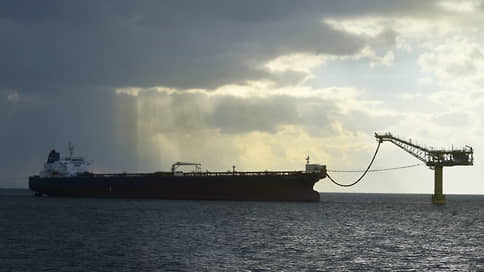Taxes are thickening on liquefied gas – Newspaper Kommersant No. 177 (7378) of 09/24/2022
[ad_1]

According to Kommersant, to cover the budget deficit, the government intends to raise the income tax rate to 32% for LNG producers for three years. This will primarily affect the Yamal LNG projects of NOVATEK and Sakhalin-2 of Gazprom. At the same time, both projects have obligations for non-deterioration of tax regimes, agreed with foreign shareholders. According to analysts, at the current level of LNG prices and the ruble exchange rate, the tax burden for Yamal LNG investors alone may increase by 75–85 billion rubles. per year, while the Ministry of Finance expects the budget to receive up to 200 billion rubles from this measure. in year.
In order to attract additional funds to the budget, LNG producers in 2023-2025 will increase their income tax to 32% (15% will go to the federal budget, 17% to regional budgets), according to Kommersant sources familiar with the proposals of the Ministry of Finance. The changes will primarily affect the Yamal LNG and Cryogas-Vysotsk projects of NOVATEK, as well as the Sakhalin-2 and Port LNG projects of Gazprom. It is assumed that the budget will receive about 200 billion rubles from the new measure. annually. As another option to withdraw funds from LNG producers, the introduction of an export duty was considered, but it was decided to abandon it (see. “Kommersant” dated September 20).
At a government meeting on September 23, Russian Finance Minister Anton Siluanov confirmed that it is planned to increase oil and gas revenues in 2023-2025, in particular, by “raising the export duty on pipeline gas, withdrawing additional income from liquefied natural gas (LNG) producers.”
At the same time, the tax regime of Yamal LNG is regulated by an intergovernmental agreement with China (the project shareholders are Chinese CNPC (20%) and the Silk Road Fund (9.9%)), Sakhalin-2 is regulated by a production sharing agreement (PSA; among foreign shareholders of the project – Mitsui and Mitsubishi). In both cases, an increase in income tax will lead to a deterioration in tax regimes, which at least will have to be additionally agreed with foreign partners.
The YaNAO authorities allow NOVATEK to pay a reduced income tax rate: the company pays 13.5% instead of 18% to the regional budget, this rate is valid until the cumulative production volume reaches 250 billion cubic meters within 12 years from the date of commencement of LNG production. The company sends another 2% of income tax to the federal budget. LNG shipments from the Yamal LNG project began in December 2017, so the regional benefit was to be valid until December 2029. In 2021, the income tax for Yamal LNG amounted to 43 billion rubles.
NOVATEK, Gazprom, and the Finance Ministry did not provide prompt comments.
As Sergei Kondratyev, deputy head of the economic department at the Institute of Energy and Finance, notes, the intergovernmental agreement on cooperation between Russia and China does not directly enshrine a preferential income tax regime, there are only remarks about “other favorable conditions”. Thus, the Russian side can formally revise the income tax rate, but this will probably cause dissatisfaction among Chinese partners, he believes, recalling the situation with the dividend tax: over the past five years, the Chinese side has turned to Russia with a request to lower the rate from 10% to 5% (up to the level of another shareholder of the project – the French Total Energies, which owns 20%).
According to his calculations, at the current level of LNG prices and the ruble exchange rate, the tax burden on project investors could increase by 75–85 billion rubles. per year, the share of NOVATEK (50.1%) will be 37-43 billion rubles.
There is also the question of applying an increased income tax rate for the Sakhalin-2 project, which continues to operate in the PSA regime. The PSA now has a standard rate of 20%, profit is defined as the difference between revenue (the cost of profitable production) and production costs.
For Sakhalin-2, a special procedure for distributing income tax has been established: 75% goes to the federal budget, 25% goes to the region. Thus, the formal application of the new norm will not lead to a change in federal budget revenues (20% • 0.75 = 15%), Mr. Kondratiev notes, but will increase regional budget revenues, which can grow by 45–50 billion rubles. in year. In the draft budget for 2022-2024, revenues from Sakhalin-2 in 2023 are planned at the level of 20.1 billion rubles.
[ad_2]
Source link





